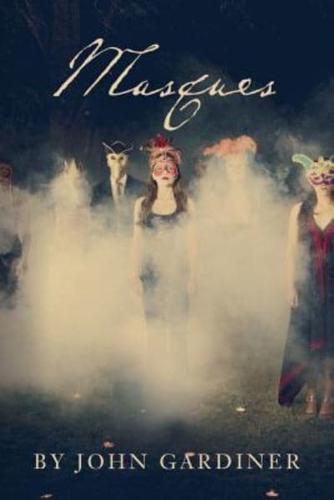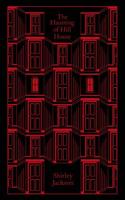Publisher's Synopsis
What is the back-story to Masques? Of medieval origin, the Masque attained its apotheosis as Courtly entertainment during the 16th and 17th Centuries, favoring allegory to flatter or disparage persons of eminence, Kings and Queens. Elaborately conceived and highly stylized in execution, the Masque frequently offered contentious political subtext and commentary under the guise of a festive presentation, a Courtly celebration: Royal personages would often assume a role on stage. Characteristic features of the Masque embodied very skilled and poeticized presentations of music, dancing, acting and singing, all magnificently and creatively framed for the viewing audience upon a stage at Court. Costumes identified allegorical and mythological personages performing within a pastoral ambience, elucidating classical myths, and dramatizing ethical debates and dialogues shaped to argue how contemporary politics ans mores reflected or should reflect those of a Golden Age long past. Masques before you as you turn the pages is a contemporary presentation, and equally stylized after the entertainments described in the above paragraph, dramatizing the characteristics generally identified with the medium. Masques was conceived to be fulsomely filmed, but being written from late 1985 through 1986, the requisite technology was not available at that time. The political landscape in 1985 was changing but the new demographics had not begun to shape themselves: exhaustion with the Cold War was palpable. As mentioned, Masques was designed to be filmed, and its literary stylization allegorizes in words comparison with the famous Impressionist, Fauve and Expressionist painters and their wielding of stunningly original palettes in the realization of their imagery. Colors on the palette and in transference to the canvas (in the case of Masques, words-to-the-page), have no seeming logical juxtaposition of tones, the images are not rationally ordered to what the eye actually sees, but through the miracle of imagination we adjust to manifold correspondences. Masques is a literary visualization of the Triumph of Love.










